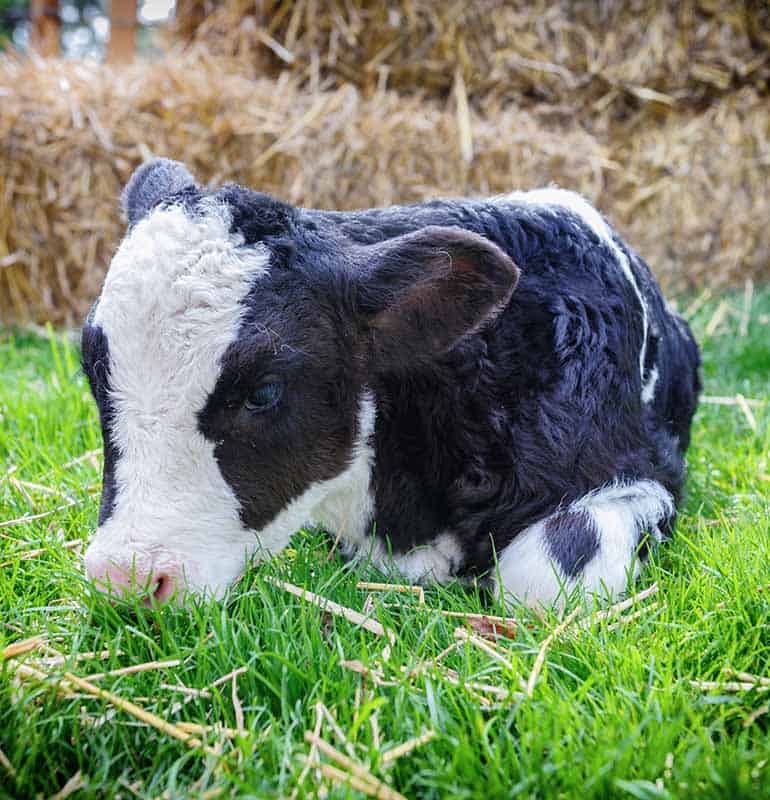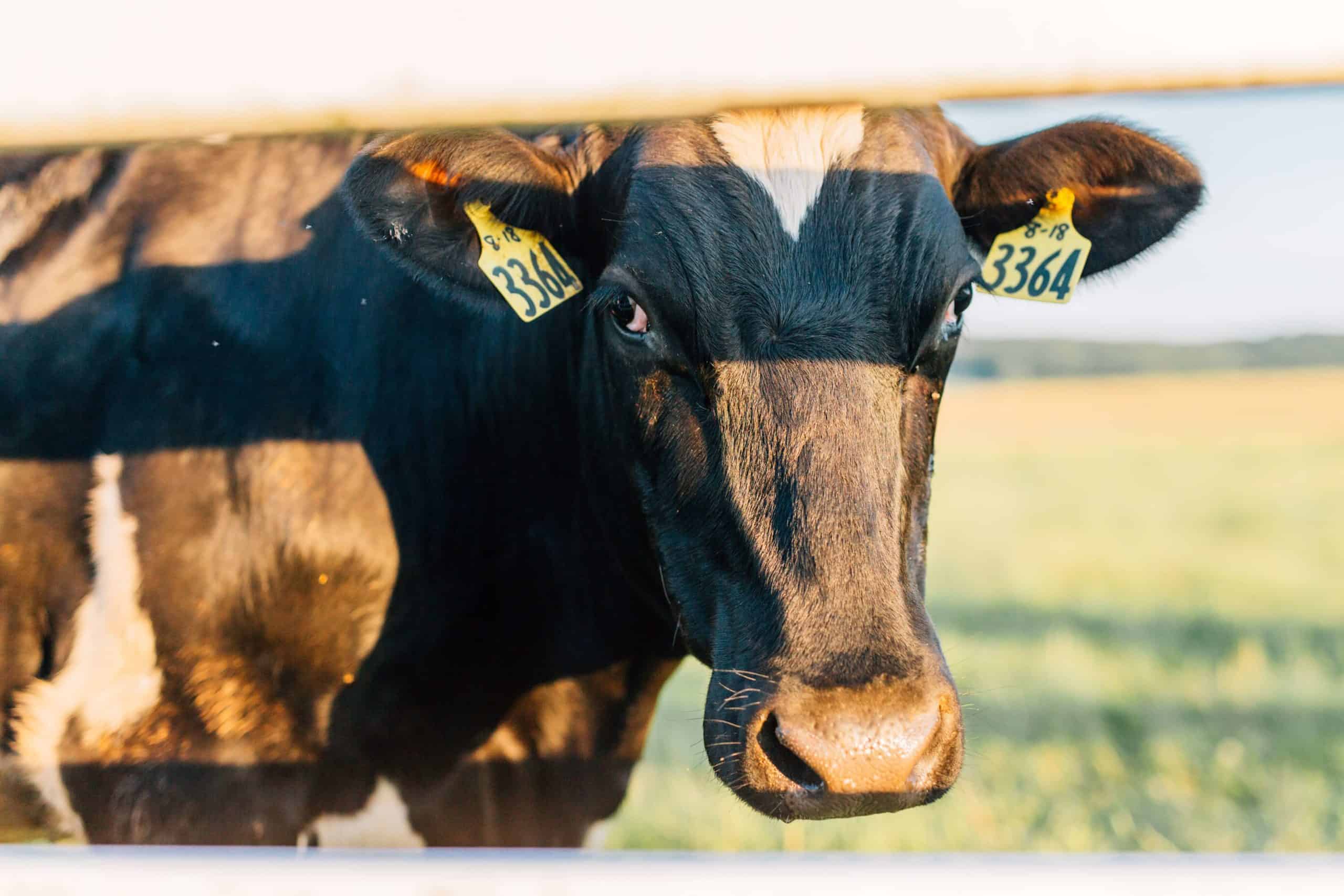Scours – Understanding

Digestion
After consumption, nutrients must be separated out from food and made water soluble before they can be absorbed and dispersed throughout the body via the blood. So, by digestion we mean first reducing food to its constituent parts, into a form suitable for absorption by body fluids (blood and lymph). Insoluble or barely soluble macromolecular organic nutrients such as proteins and complex carbohydrates are transformed by enzymes and digestive juices to water soluble compounds of low molecular weight such as amino acids, shorter chain fatty acids and monosaccharides.
Enzymes are synthesized in the mouth, stomach, intestine and pancreas. Each digestive enzyme is responsible for the chemical splitting of a particular type of nutrient.
Absorption
The process of nutrients passing from the small intestine, across its lining and into the blood, is called absorption. Most nutrients from food, as well as vitamins and minerals, once they have been reduced to a soluble size, can pass through the finger-like projections, called villi, of the semi-permeable membrane, which makes up the intestinal lining.
Throughout the day, an average calf transports about 100 litres of water, back and forth, across the intestinal (gut) wall, to help with digestion in the intestine and back to the body fluids to maintain blood pH, blood pressure, lymph, and cellular balance, and to protect against acidosis or alkalosis.
The Villi – Site of Absorption
Villi are projections on the lining of the small intestine. Other projections (microvilli) on the villi increase the absorptive area further.
The body’s primary transport channel for sending water back and forth between the rumen (small intestine), and the blood is dependent upon sodium ions flowing in one direction and then the other. As a rule of chemical attractions, water follows sodium in a natural effort to neutralize its concentration (osmosis).
Villi are made up of villus cells and at the base of villi are crypt cells. Villus cells and crypt cells work in co-operation to send sodium and, therefore, water back and forth between the rumen and the blood. Crypt cells release chloride ions (negatively charged) which trigger a parallel flow of sodium ions (positively charged) from the blood into the lumen to help with digestion. Later, villus cells pump sodium towards the blood, which forces water out of the lumen and into the blood.
Liquids are normally secreted from the blood into the intestine (secretion) and are reabsorbed from the intestine into the blood (absorption). Researchers estimate that over 100 litres of liquid are secreted from the blood into the intestine of calves every day. When the absorption of these fluids is impaired, or the secretion of liquid into the intestine increases, then diarrhoea results.
Increased permeability of the intestine occurs due to inflammation and trauma caused by infective agents. The increased movement of liquid (and possibly protein) from blood into the intestine can impair the absorption ability of the intestine resulting in scours. Common organisms causing increased permeability include coccidian and cryptosoridium.
Hypersecretion occurs when the intestine is induced to produce large amounts of fluid. An example of this condition occurs when Escherichia coli produce endotoxin that stimulates the crypt epithelium to secrete fluid beyond the absorptive capacity of the intestine. However, the epithelium retain their capabilities – i.e., they are not destroyed during the infection.
Osmotic imbalance is when solutes collect in the gut causing intestinal fluid retention. Dietary imbalances in liquids (e.g., excess lactose or protein) or sudden dietary changes may induce an outpouring of fluid into the gut resulting in scours.
Malabsorption is failure of digestion, usually caused by physical destruction of epithelial cells by invading pathogens. Some examples of pathogens that destroy epithelium include rotavirus and coronavirus.
Maldigestion may be caused by poor quality ingredients, allergens in feed ingredients, the presence of trypsin inhibitors, or disorders of the intestinal tract. Maldigestion usually leads to malabsorption, increased osmotic pressure, and scours and starvation.
When a calf has bacterial scours (e.g: coliform bacteria), the milk sugar reacts with the coliform bacteria, thus providing nutrition for the growth of the bacteria plus an acid by-product. As a result of this reaction many of the micro-villi are destroyed, and the calf’s ability to absorb nutrients and water from the intestinal tract into its bloodstream and body tissues is drastically reduced.
Treatment of scours remains the same whether nutritional or infectious in the first instance – rehydration.

